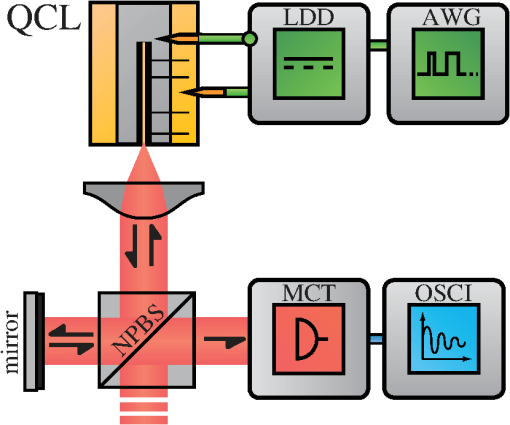
Based on a Quantum Cascade Laser (QCL) emitting mid-infrared light, researchers at Télécom Paris have developed a basic optical neuron system operating 10,000× faster than biological neurons.
Recently, extreme events have been observed in quantum cascade lasers. The giant pulses that characterize these extreme events can contribute the sudden, sharp bursts necessary for communication in neuromorphic systems inspired by the brain’s powerful computational abilities.
The team’s optical neuron system demonstrates behaviors like those observed in biological neurons, such as thresholding, phasic spiking, and tonic spiking. Fine tuning of modulation and frequency allows control of time intervals between spikes.
That shows the increasingly superior potential of quantum cascade lasers compared to standard diode lasers or VCSELs, for which more complex techniques are currently required to achieve neuromorphic properties.
These findings broaden the potential applications for QCLs, which have already been proven to be a semiconductor laser of interest for spectroscopic applications and countermeasure systems. The ability to trigger extreme events paves the way for optical neuron-like systems where information propagates as a result of high intensity bursts. (ScienceDaily)
Their report is published in Advanced Photonics.
Read more.
